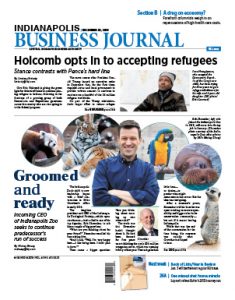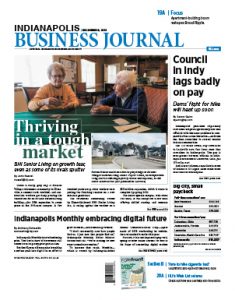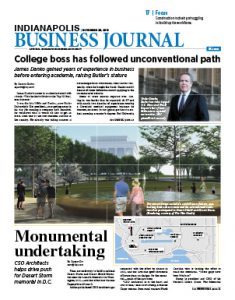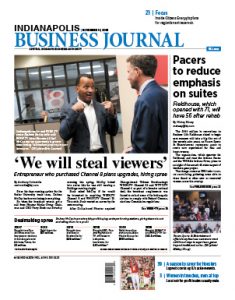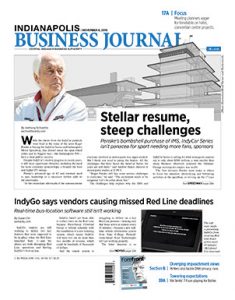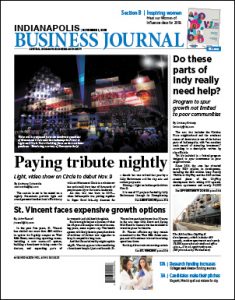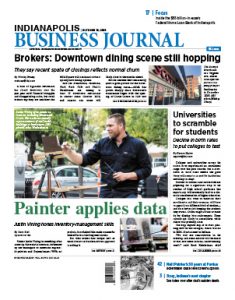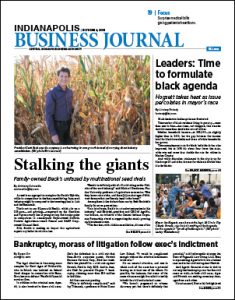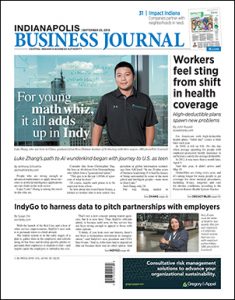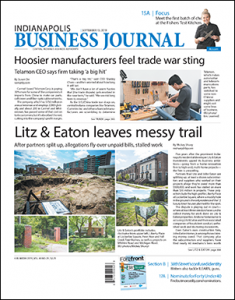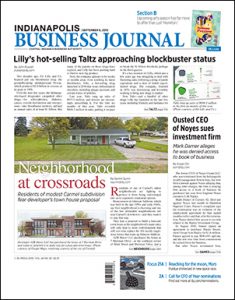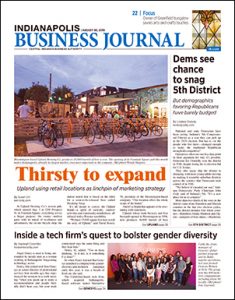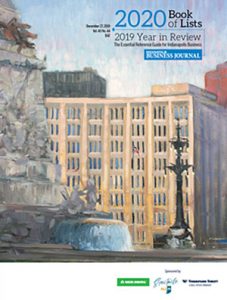
DEC. 27, 2019-JAN. 2, 2020
There was no shortage of huge news stories in central Indiana this year—with Roger Penske’s purchase of the Indianapolis Motor Speedway, the launch of the Red Line and the closure of trucking giant Celadon. And that's just the top tier of events from 2019 that promise to have lasting impact on central Indiana. Years from now, we'll still be talking about game-changing acquisitions by corporate giants Eli Lilly and Co. and Elanco Animal Health, not to mention the deal cut by state legislators to fund renovations to Bankers Life Fieldhouse and build a soccer stadium for the Indy Eleven. We have an authoritative review of all the year's major business stories in the 2020 Book of Lists, which itself is an invaluable resource for the vital statistics of Indy-area business.

